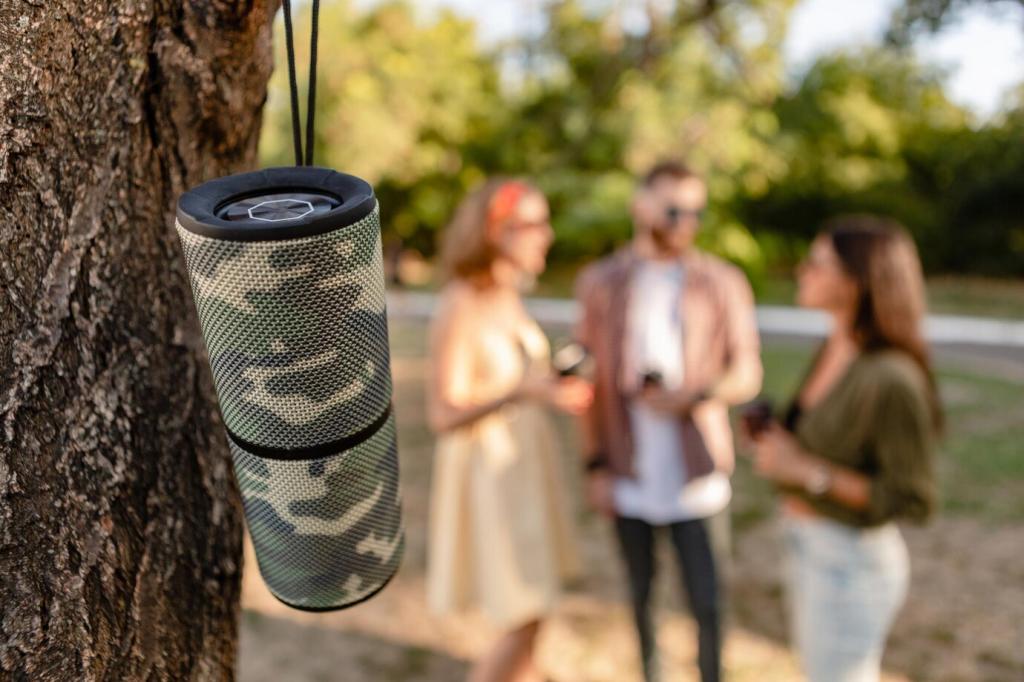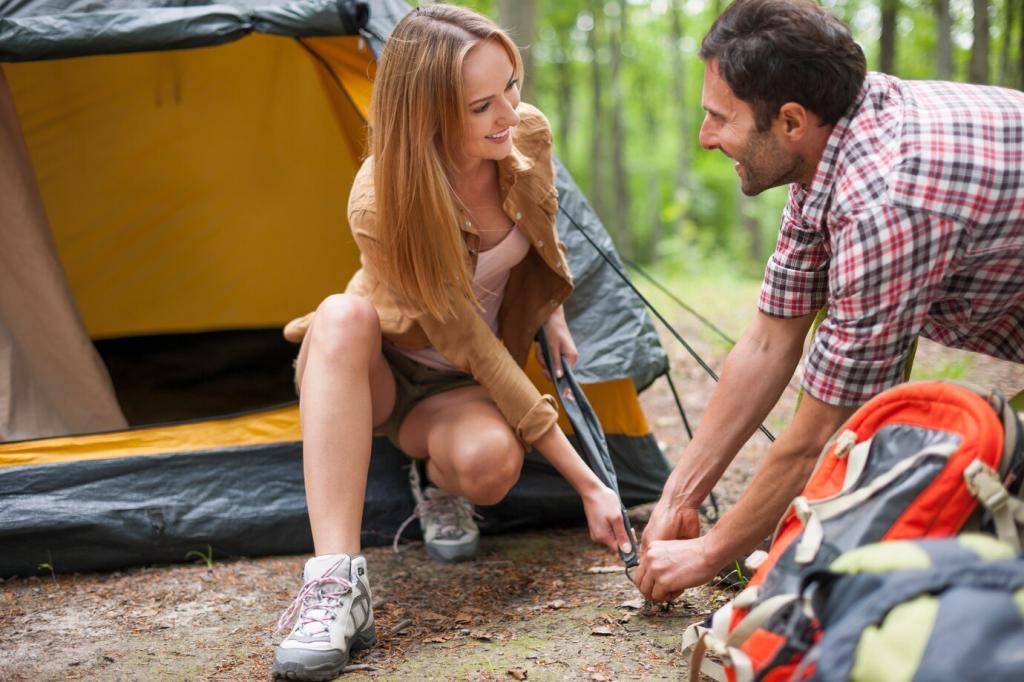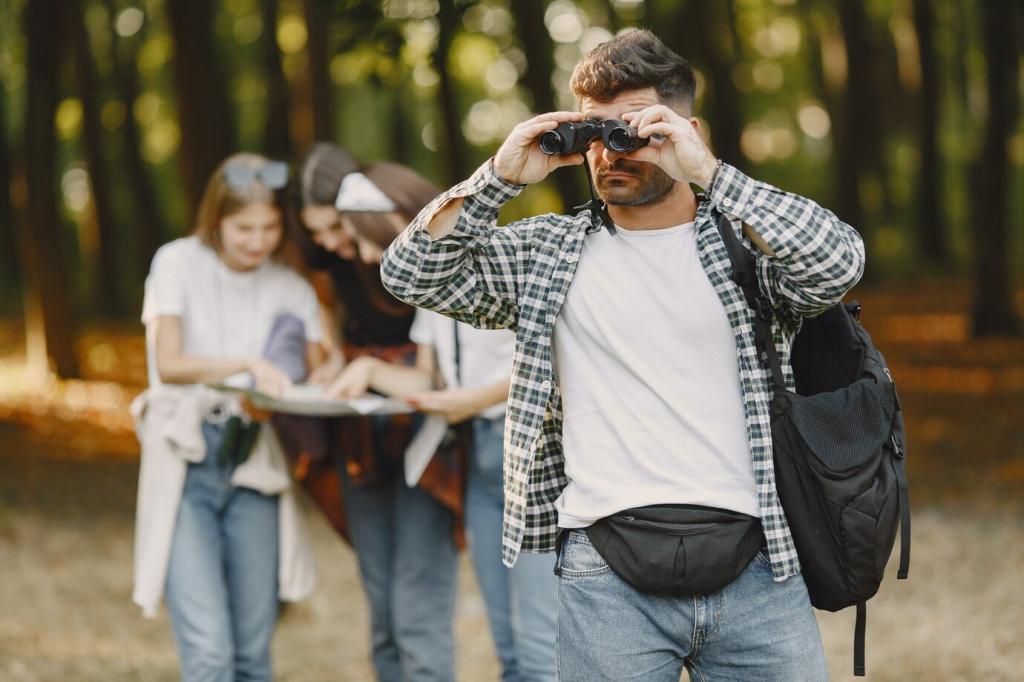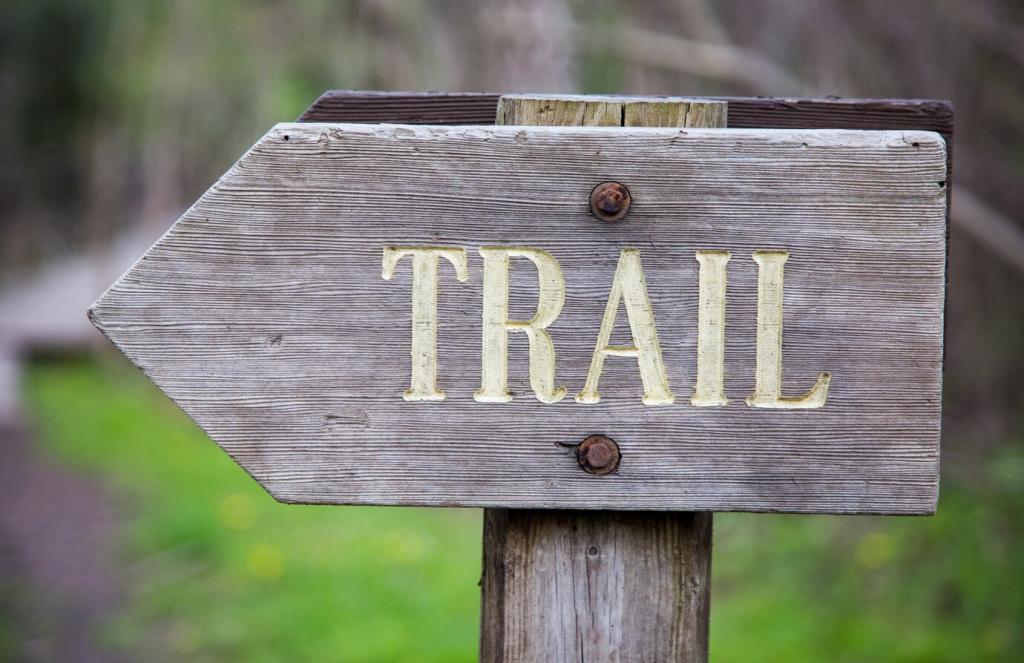Pack Fit, Weight, and Ventilation
Trampoline‑style meshes and breathable shoulder straps help evaporate sweat and prevent rash. Test fit with water weight and adjust load lifters until the pack hugs without smothering. What pack keeps your back cool on furnace‑like switchbacks? Your recommendation could help someone avoid heat rashes.
Pack Fit, Weight, and Ventilation
Place dense items close to your spine, mid‑back, and balance water left‑to‑right. Use compression straps to stop slosh and bounce on talus. A stable pack means fewer stumbles and less overgripping poles. How do you tweak your carry for long summer traverses? Share your setup.






